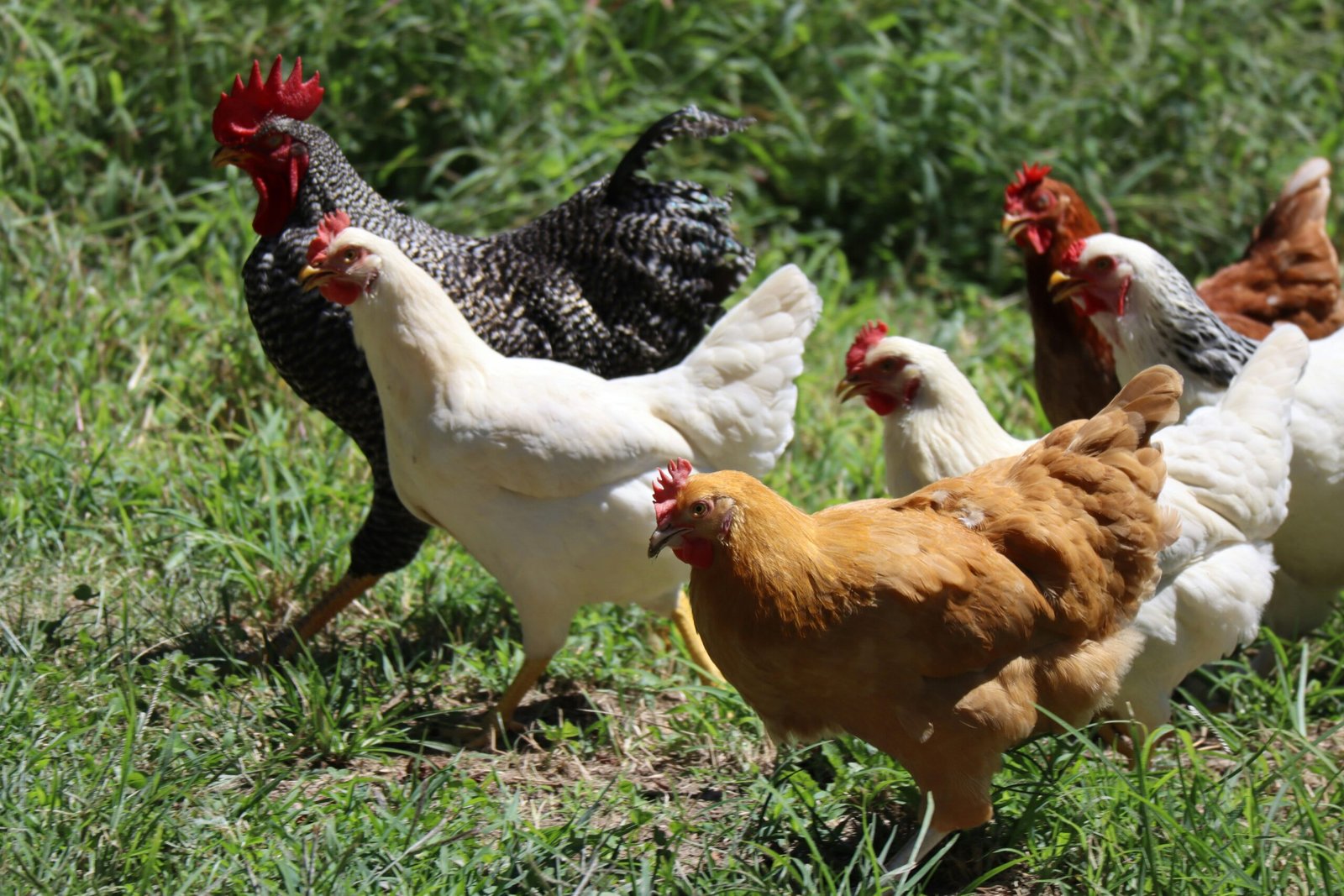Maximizing Rainwater Harvesting: Tips and Tricks? Share Your Setup!
When it comes to sustainable living, rainwater harvesting is a fantastic way to reduce water consumption and make the most of nature’s gift. Whether you’re an experienced rainwater harvester or just starting out, there’s always room to learn and improve. That’s why I’ve decided to start a discussion on maximizing rainwater harvesting, where we can share tips, tricks, and advice on setting up the perfect rainwater collection system.
The Benefits of Rainwater Harvesting
Rainwater harvesting offers numerous benefits, both for the individual and the environment. By collecting rainwater, you can:
- Reduce your dependence on municipal water supplies
- Lower your water bills
- Conserve groundwater resources
- Reduce stormwater runoff and the risk of flooding
- Provide a sustainable water source for your garden or plants
Now that we understand the importance of rainwater harvesting, let’s dive into some tips and tricks to maximize its effectiveness.
Tips for Collecting Rainwater
1. Choose the Right Rain Barrel: When selecting a rain barrel, consider factors such as capacity, durability, and aesthetics. Look for barrels made from food-grade materials to ensure the water remains safe for use.
2. Optimize Roof Catchment: A well-designed roof catchment system is crucial for efficient rainwater collection. Make sure your gutters are clean and free from debris, and consider installing a leaf guard to prevent clogging.
3. Position Your Rain Barrel Correctly: Place your rain barrel on a sturdy platform or stand to allow easy access to the spigot. Additionally, ensure that the barrel is positioned under a downspout to capture the maximum amount of rainwater.
4. Consider Multiple Barrels: If you have the space, consider connecting multiple rain barrels together. This allows you to store larger quantities of rainwater and provides a backup in case one barrel gets full.
5. Utilize a First Flush Diverter: A first flush diverter is a device that redirects the initial dirty runoff from your roof away from the rain barrel. This helps to prevent debris and contaminants from entering your collection system.
Tricks for Storing Rainwater
1. Prevent Mosquito Breeding: To prevent mosquitoes from breeding in your rain barrel, cover it with a fine mesh screen or use a barrel with a mosquito-proof lid. You can also add mosquito dunks or a small amount of vegetable oil to the water to inhibit mosquito larvae growth.
2. Use the Right Water Treatment: Depending on your intended use, you may need to treat the rainwater before using it. For example, if you plan to use the collected water for drinking or cooking, consider installing a water filtration or purification system.
3. Be Mindful of Legal Considerations: Before setting up a rainwater harvesting system, familiarize yourself with any local regulations or restrictions. Some areas have specific laws regarding the collection and usage of rainwater, so it’s essential to stay informed.
4. Keep Your Rain Barrel Clean: Regularly clean your rain barrel to prevent the buildup of sediment and algae. Empty and scrub the barrel at least once a year, and ensure that the spigot and overflow valve are clear of debris.
5. Use Rainwater Wisely: Finally, make sure to use your collected rainwater wisely. Water your plants, wash your car, or clean your outdoor spaces using this sustainable resource. Every drop counts!
Join the Discussion!
Now that you’ve learned some tips and tricks for maximizing rainwater harvesting, it’s time to share your setup and experiences. Head over to the comments section and let us know:
- What type of rainwater collection system do you have?
- Any challenges you faced during the setup process?
- What advice would you give to someone starting out?
- Have you encountered any legal considerations?
- Share any other tips or tricks you’ve discovered along the way!
Remember, rainwater harvesting is a continuous learning process, and by sharing our knowledge, we can inspire others to embrace this sustainable practice. So, let’s start the discussion and make a difference, one raindrop at a time!




